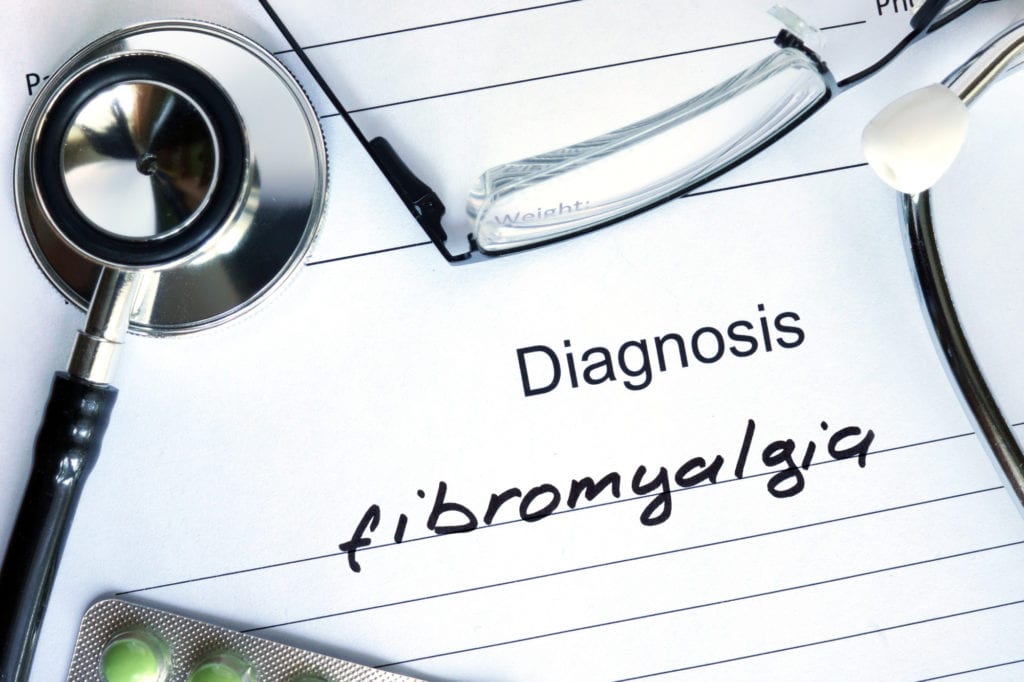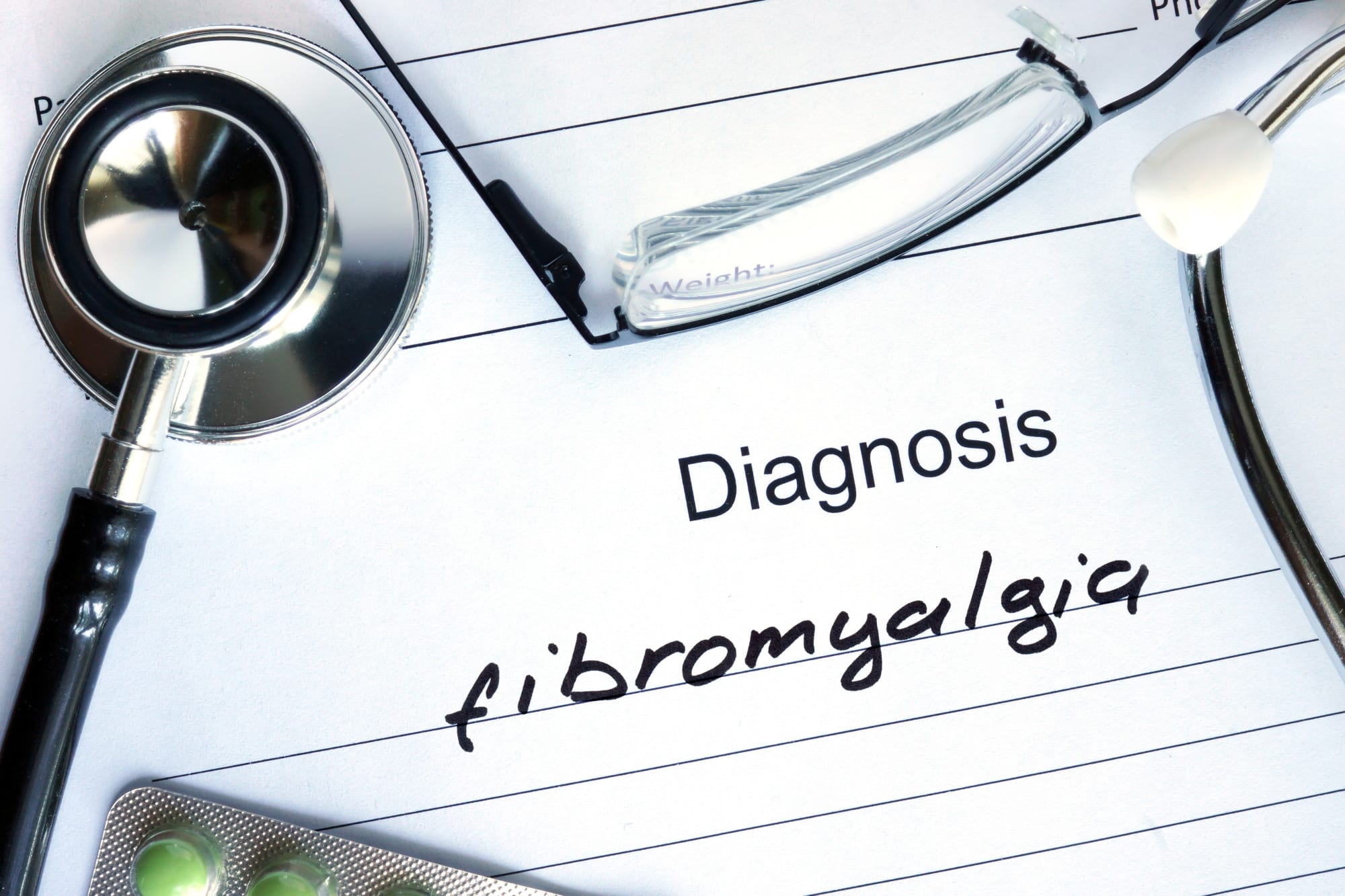
The United States has a serious drug problem. While the use of illegal substances like heroin or cocaine has decreased over time, the abuse of over the counter medications continues to increase.
Opioids are drugs prescribed to patients to treat pain.
They are strong and help to control the parts of the brain that control happiness and ease. Some people get addicted to opioids on accident, while in recovery on the medication. Others look to the medication as an easy way to get high.
Over 2 million people in the United States struggle with opioid addiction. Getting clean can be very difficult, as the withdrawal process is very painful. If you have a loved one struggling with opioid addiction, read on. We’ll walk you through the opioid withdrawal timeline.
How Opioid Addiction Works
When talking about withdrawal, it’s essential to understand the impact that opioids have on the human body. Opioids attach themselves to receptors in the brain, spine, and gastrointestinal tract.
Opioids can affect much of the body’s natural functions. It can affect breathing, heart rate, as well as influence the release of chemicals in the brain. They work to reduce pain by affecting the spinal cord, which sends messages to the rest of the body.
Medications try to mimic the natural effects of natural opioids in the body. But medications provide a much larger dose of opioids then the body would ever produce on its own.
Too high of an opioid dosage could result in the body shutting down, placing the person in a fatal coma.
Over time, the body can become desensitized to the opioid use. The more the medication is taken, the higher of a tolerance the body will develop. As such, an individual will have to take higher dosages of the medication to feel its effects.
This is how an opioid dependency can spiral into a much more serious addiction.
After prolonged use, the nerve receptors in the brain become dependent on the drug to function. Without the drug in the body, a person may experience great pain or discomfort.
This painful reaction to the absence of the drug is known as withdrawal.
Early Signs Of Opioid Withdrawl
The severity of withdrawal symptoms may vary from person to person and case by case. They can range from mild to severe. Many people with mild symptoms don’t even realize they’re going with withdrawal at first, they just believe they’ve caught some kind of cold or flu.
As such, there’s no one size fits all timeline for opioid withdrawal. But there are symptoms that are common among many that are going through the process.
Early withdrawal symptoms are obviously smaller than those that come later. They can start within six to twelve hours of being off medication for short-acting opiates. For longer-acting ones, they’re more likely to start within thirty hours.
These symptoms can include agitation, anxiety, and trouble sleeping. More physical symptoms might include teary eyes, a running nose, or the sweats. As more time passes over this period, more serious withdrawal symptoms can appear.
These include fever, heartache, or muscle aches. These are all a result of the body failing to function without the medication present in the body.
Serious Signs Of Opioid Withdrawal
As more time goes by, the body can begin to really revolt against the absence of the mediation. Opioid withdrawal can be quite painful, and the symptoms that arise after 72 hours or so off of medication can be quite severe.
A person going through withdrawal might find themselves experiencing frequent nausea, vomiting, and diarrhoea. Strong stomach cramps can overtake the body, and the brain can quickly fall into a deep depression.
Cravings for the medication will be at an all-time high.
It’s easy to see why individuals going through withdrawal so quickly return to the drug. Taking more of the medication is the only way to get these painful symptoms to quickly stop.
Otherwise, these symptoms can last up to or even longer than a week’s time.
Detoxing From An Opioid Addiction
Therapy and support provided by mental health professionals can help an individual work through these symptoms. Much like with alcohol addiction, a struggling addict can be put into a therapy program that can help them through their struggle.
Learn more about such programs and see if one is right for your loved one.
Many people believe that medically assisted detox is the best way to work through withdrawal symptoms. While working through withdrawal in this way is still very difficult and painful, it is helpful to have someone monitoring vital levels and administering help if needed.
In some cases, differing medication such as antidepressants might be prescribed during withdrawal. Medical detox usually takes somewhere between five and seven days. At this time, withdrawal symptoms may begin to subside.
Some medical professionals may also recommend tapering off of the drug as opposed to the ‘cold turkey’ approach. This process keeps opioid receptors filled but helps lessen the amount of medication going into the body.
This can be a difficult process to oversee and manage on one’s own, and it is highly recommended that one work with a medical professional or rehab center.
Understanding The Opioid Withdrawal Timeline
There are few things more painful and difficult than opioid withdrawal. Understanding the opioid withdrawal timeline can help us plan for how to best ween ourselves or loved ones off dangerous medications. This knowledge can help save lives.
Check out our blog for more health program advice, tips, and tricks.
